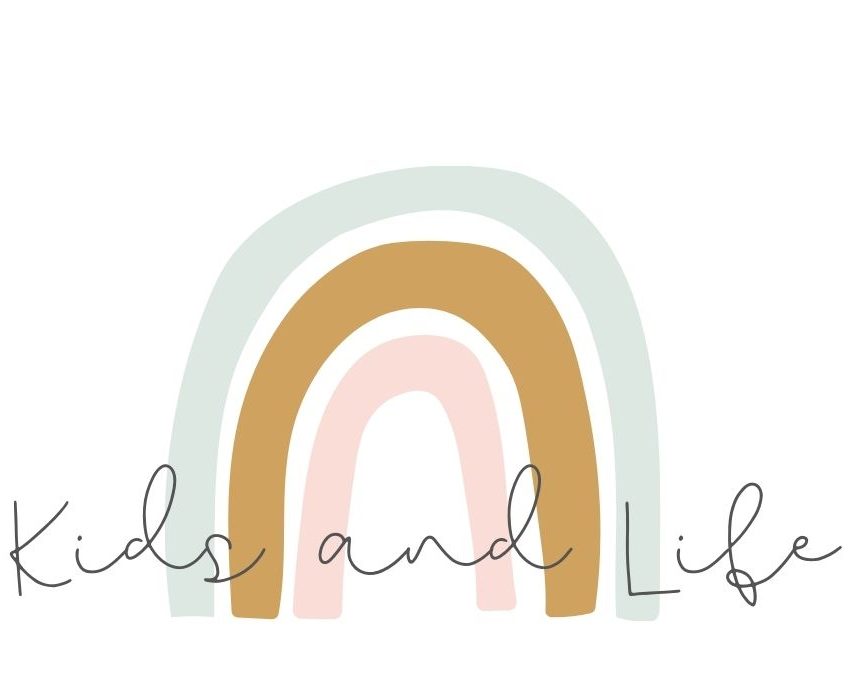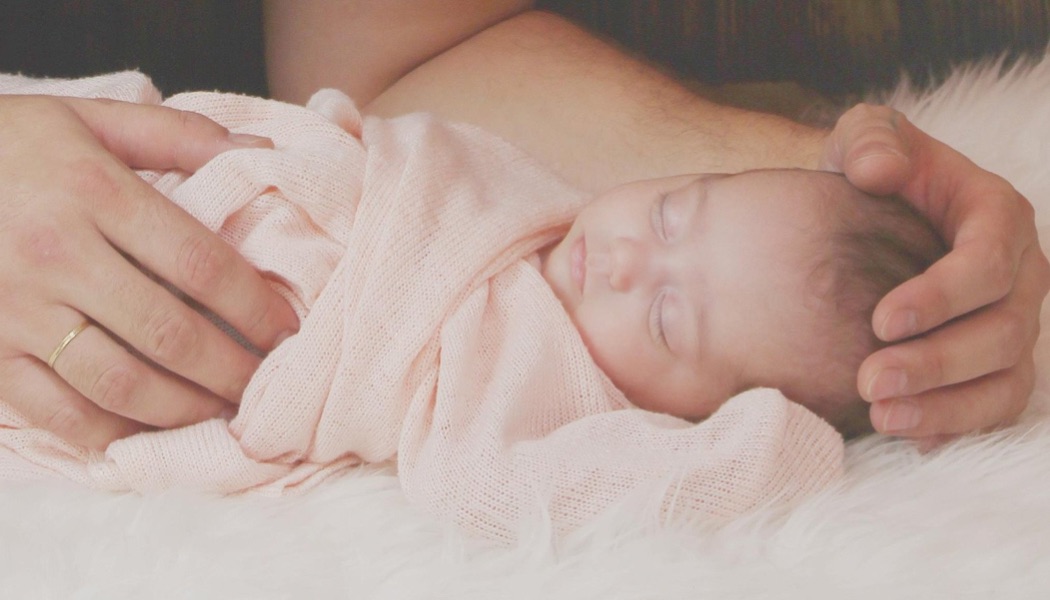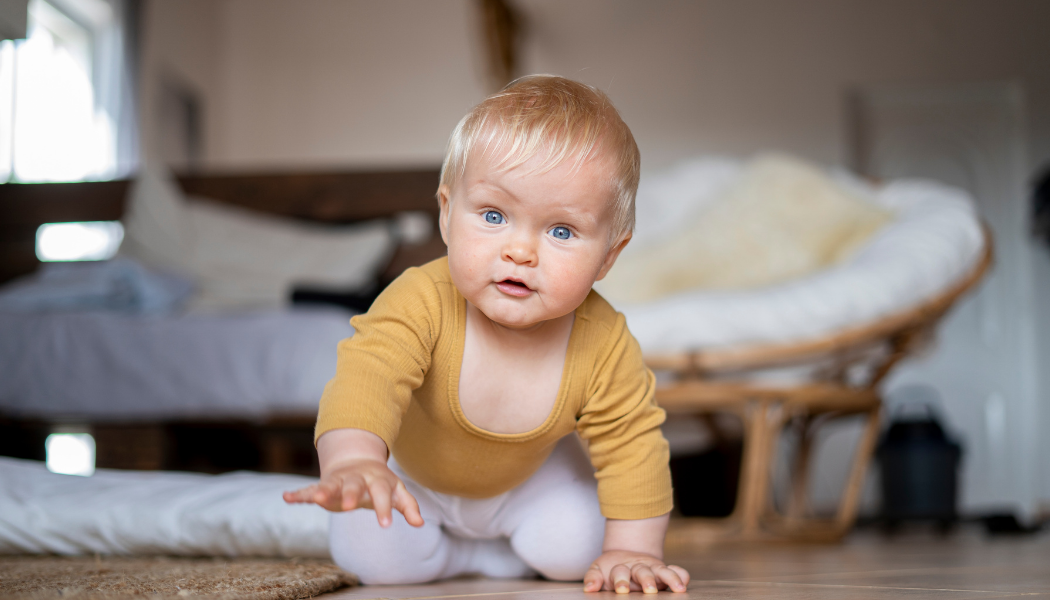What the heck are you supposed to do with teeny tiny babies when they seem to eat, sleep, and poop only?? I got you. Here are some ways to optimize those short wake periods with developmentally rich activities that are simple and effective for play, strengthening, and cognitive development.
(I have to put in a few plugs quickly, because I love these resources. Curious Baby Play Cards are awesome. They give you suggestions on activities to do, when, how, and why to do them. They are easy to use and so so helpful! Secondly, Wonder Weeks is a great app, website, book that gives suggestions on things to do with Baby based on where they are at developmentally. Sometimes it explains some otherwise unexplainable changes in personality, fussiness, sleep patterns, and feedings.)

The next sections will be broken down into different areas that the activities will target. This includes Mobility and Strength, Interaction, Sensory, and Hand and Upper Extremity Use. For activities with older babies, check out these posts (coming soon).
Mobility and Strength
Babies start life in a position called physiologic flexion. This is the way they live for 9 months, and they remain curled up for a few weeks out of the womb too. Through movement activities, we can help them get a sense of their body awareness and how their limbs move while gently stretching them out.
The following activities will help strengthen Baby’s core and limbs. When a child gains strength in their neck, core, shoulders, and back, this is the foundation necessary for future milestones including rolling, sitting, crawling, and ultimately walking. These positions encourage stability in the proximal muscle groups (those toward the center of their body).
In the beginning, the time spent in these positions will be brief. Baby’s wake time is short as a whole and it’s likely that his tolerance for these positions and activities is limited. So keep it short and keep it positive!
- Tummy time- I know, I know. I sound like a broken record. All of us pediatric therapists do. It’s really a “best-bang-for-your-buck” activity. Does your babe hate tummy time? Check out this post– it is dedicated to ways to facilitate this position and work on it. Start tummy time as soon as cleared by your baby’s doctor, which is typically as soon as you leave the hospital.
- Head turn preference- you may notice early on that your baby has a head turn preference. Many babies do. This can resolve on its own, but it can also develop into something problematic like torticollis. This is the tightening of neck muscles due to a head turn and/or tilt toward one direction. Because babies grow so quickly, this can develop in only a matter of weeks. It can lead to facial asymmetries, visual perceptual issues, and muscular imbalances. I never say things to scare people, but it’s worth noting a preference and then doing a few things to encourage turning to the other side. Try placing stimuli on the opposite side. When you wear baby, attempt to have them turn toward non preferred side (as tolerated) for a prolonged stretch. And do lots of tummy time and side lying on both sides!
- Side lying- this position gives an excellent awareness of their middle. It allows them to put their hands together since gravity is taken out of the equation. And it gives them a little glimpse into rolling since they’re already halfway there!
- Bicycle Kicks- passively move their legs back and forth when on their back. This helps give Baby an idea of reciprocal movements and different sides of his body.
- Supported sitting- this one is for when Baby gains a bit more head control. Support Babe in the front and back with hands, your leg, a Boppy pillow. Still put your hands near his head and neck, and you may even need to support at the chin. (There have been many times that I underestimate the power of a bobble head.) This activity gives another way to develop core strength but it gives her a different visual perspective and frees hands up for holding them at their middle.

Interaction
If you read or follow anything baby-related, it will tell you to talk to your baby. This feels silly some days, right? Like this blob does not know what I’m saying! But, they’re right. Research suggests that early language exposure supports learning and language development. So… talking=learning.
Their vision also starts to develop and they start recognizing your face. So along with language and facial recognition, some serious opportunities for attachment are available! Try some of these things:
- Read to Babe. Anything. Just read. If you are studying for a test, helping another kiddo out with homework, reading board books, making up stories. It doesn’t matter. Just read to them.
- Sing songs- I don’t care if you cannot carry a tune. Baby doesn’t care! In fact, she has no idea.
- Narrate your day- when you’re out for a walk, talk about the sites and sounds that you encounter. This leads to more language exposure.
- As Baby’s vision develops, make simple faces and hold them. You’ll notice that she studies you for a while. This gives exposure to facial expressions as well as gives an opportunity for Baby to have something to focus on and to note changes visually.
Another cool thing that happens in these first few months is the development of Baby’s vision. Their vision starts blurry. They can’t see very far (6-12″) and they see contrasting colors best (black and white).
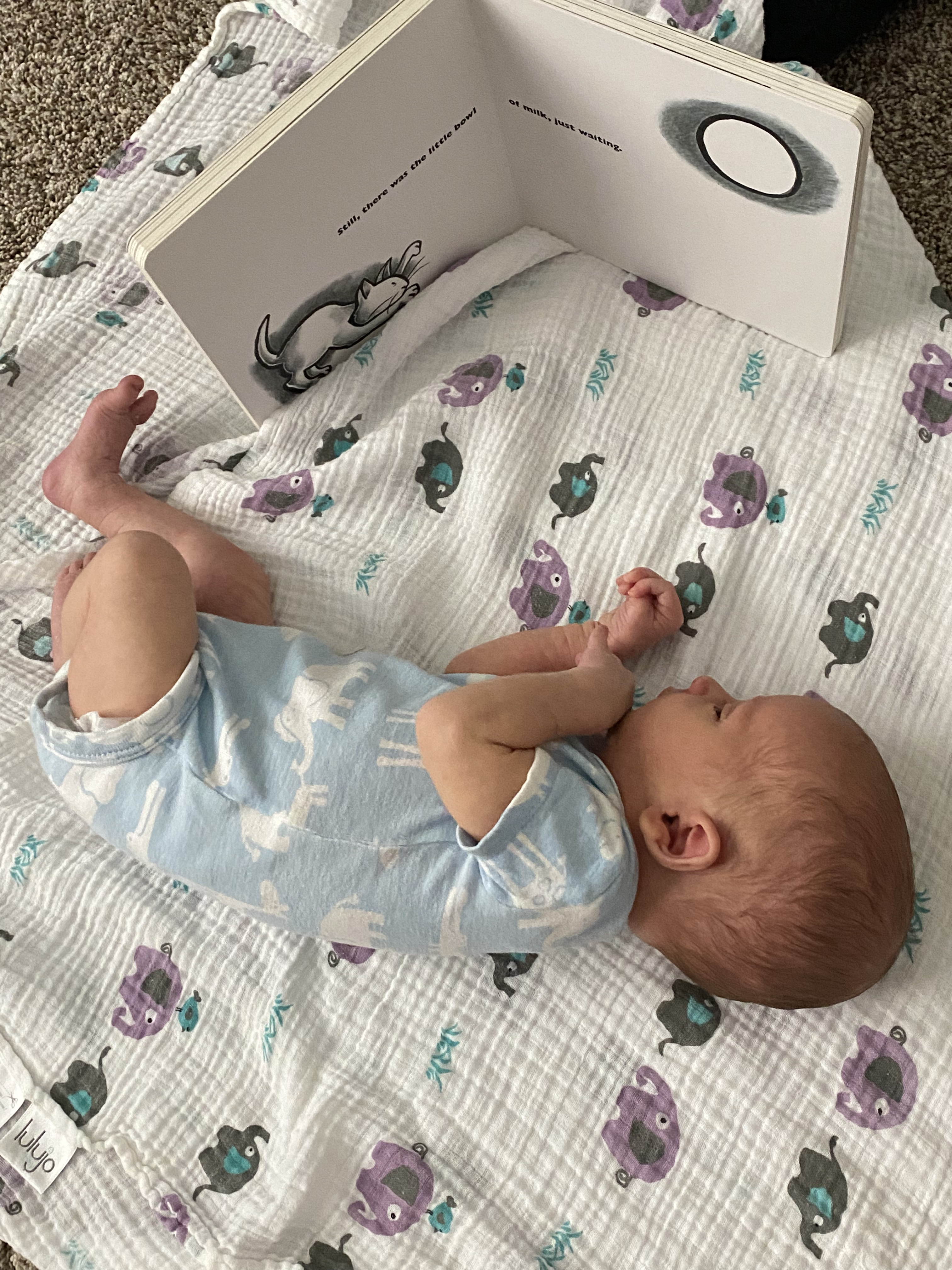
Sensory
This is one of the best avenues to expose Baby to the world. Their sensory system is basically on overdrive the moment they enter this chaotic, sensory- rich world. You will want to provide an appropriate amount of input as well as some downtime im order to allow them to process it all. If you want to learn more about sensory processing, check out my post. Try some of these ideas:
- Vision: Baby can see 6-12 inches in front of their face initially. Introduce a mirror or give high contrast pictures to look at. Remember, you don’t always need fancy cards. Although if you do want some, these are nice. But also think about everyday items like board books, pillows, laundry baskets.
- Movement: wear that baby and go for a walk or dance in the kitchen! Try different ways to carry baby, including the football hold. Gently take them through rolls both ways to get used to the motion.
- Auditory: sing! Talk about the sounds they are hearing. Add some crinkle paper to their life. Once they start grasping, put it on their chest when lying on their back. Try under their feet or hands when on their tummy.
- Proprioception and tactile: move their arms and legs gently and through ranges of motion. Arms and legs up and down, bicycle kicks, hip circles. Give gentle massage to their limbs with lotion. This can be so calming after bath and before bed.
Hands and Arms
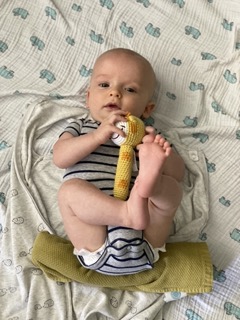
Baby will become more aware of her body after 3 months, but it is good to give him a sense of what his hands and arms can do and where they are in relation to his body and his spatial awareness. The way that a child uses their hands impacts how they play with toys, manipulate objects, and use everyday items. Baby has a loooooooong way to go, but starting early and exposing them to motions, toys, and his own body is a great place to start.
- Stretch Baby’s arms in and out, up and down. If you’re into it, attach singing or narrate what you are doing with each movement. This provides input to muscles and joints and helps them stretch out from their flexed position.
- Bring her hands together at her middle or towards her feet. Helping Baby understand where her middle is can encourage bilateral coordination and beginning midline crossing which are both helpful for developing body awareness.
- Use hanging toys to encourage reaching and batting. This is how you can start to develop the skills of hand eye coordination.
Check out ways to support baby at 3-6 and 6-9 months as well. It’s hard to know how to optimally stimulate Baby when they seem to not be able to “do” anything yet. Just remember, short wake times with short bursts of one of these activities at a time. You got this!
